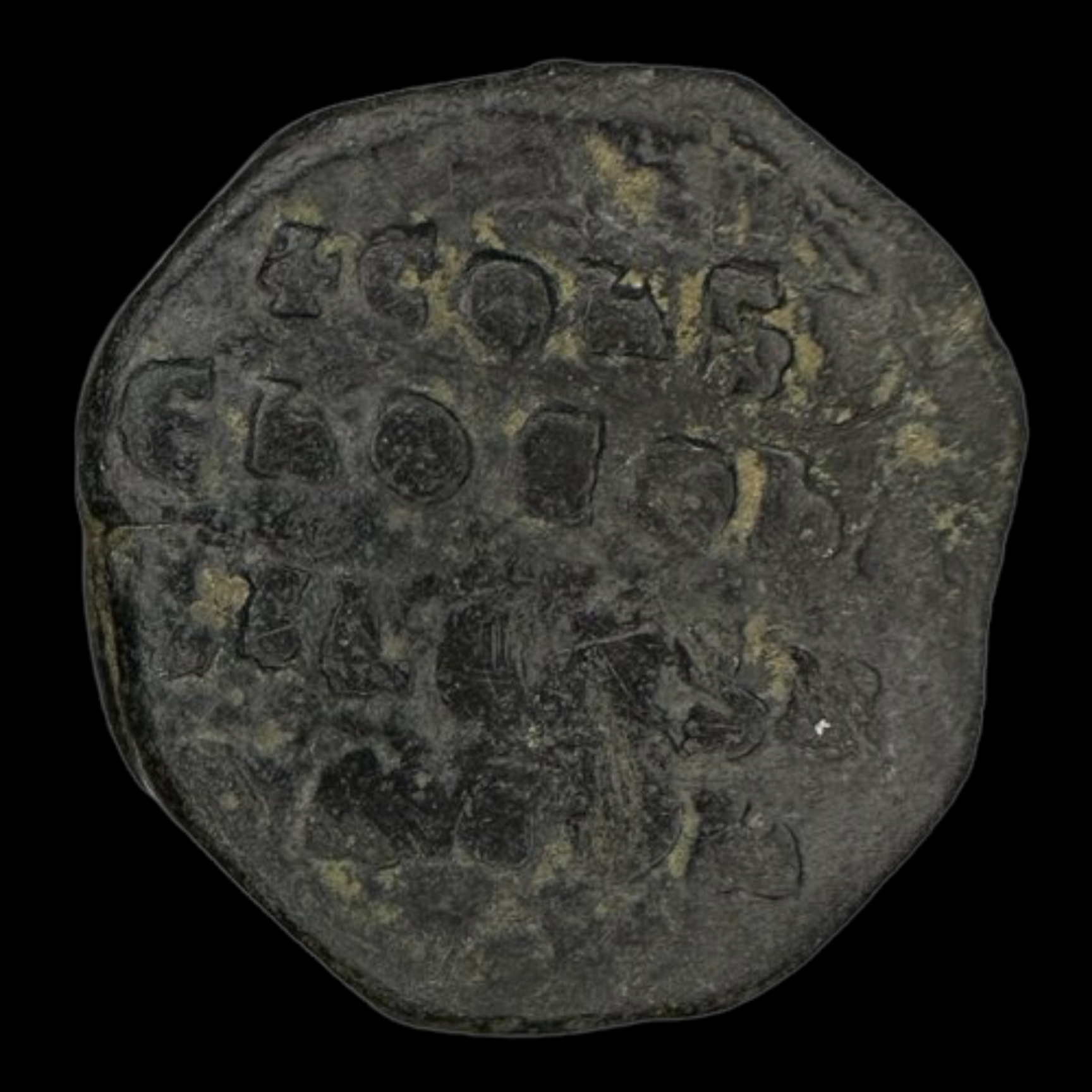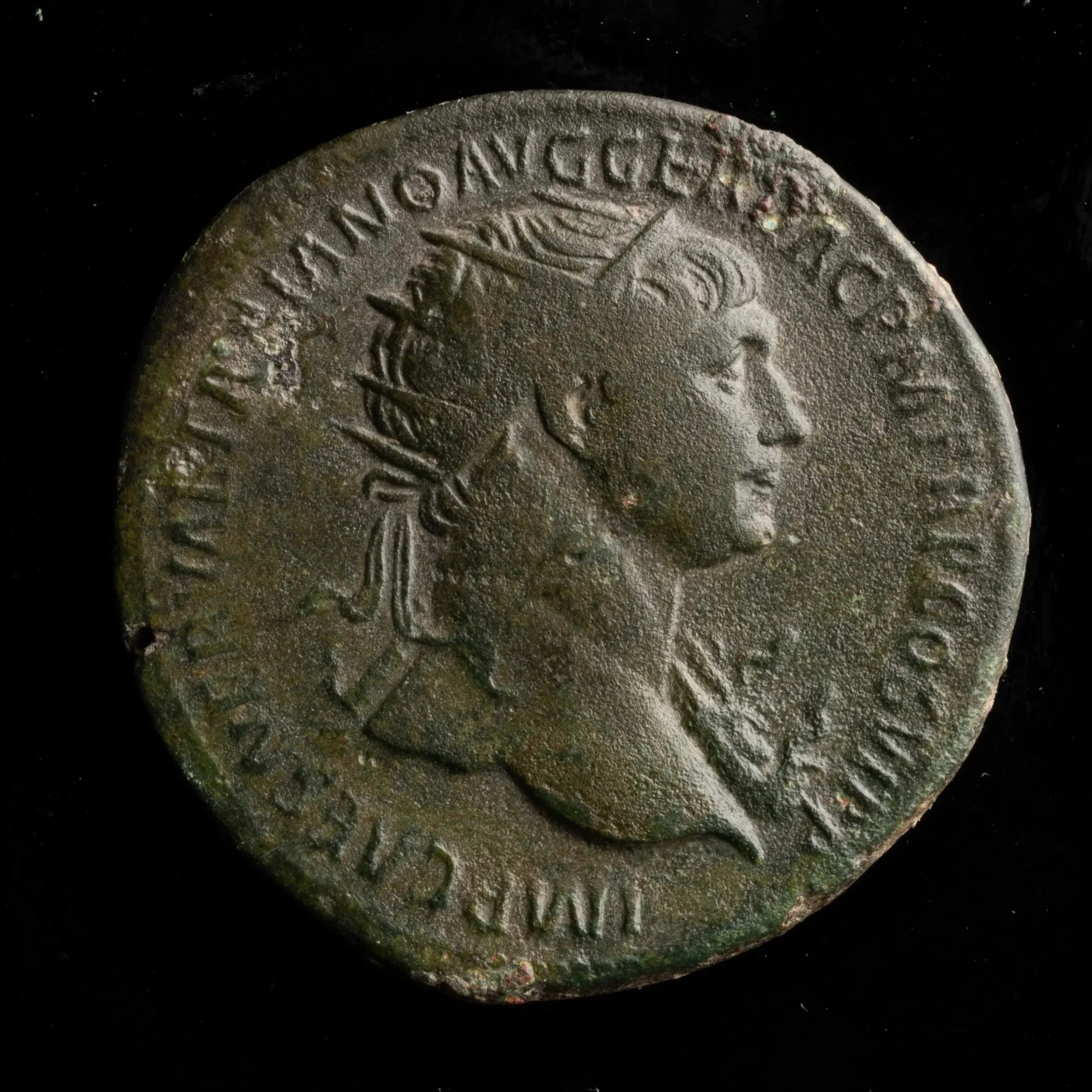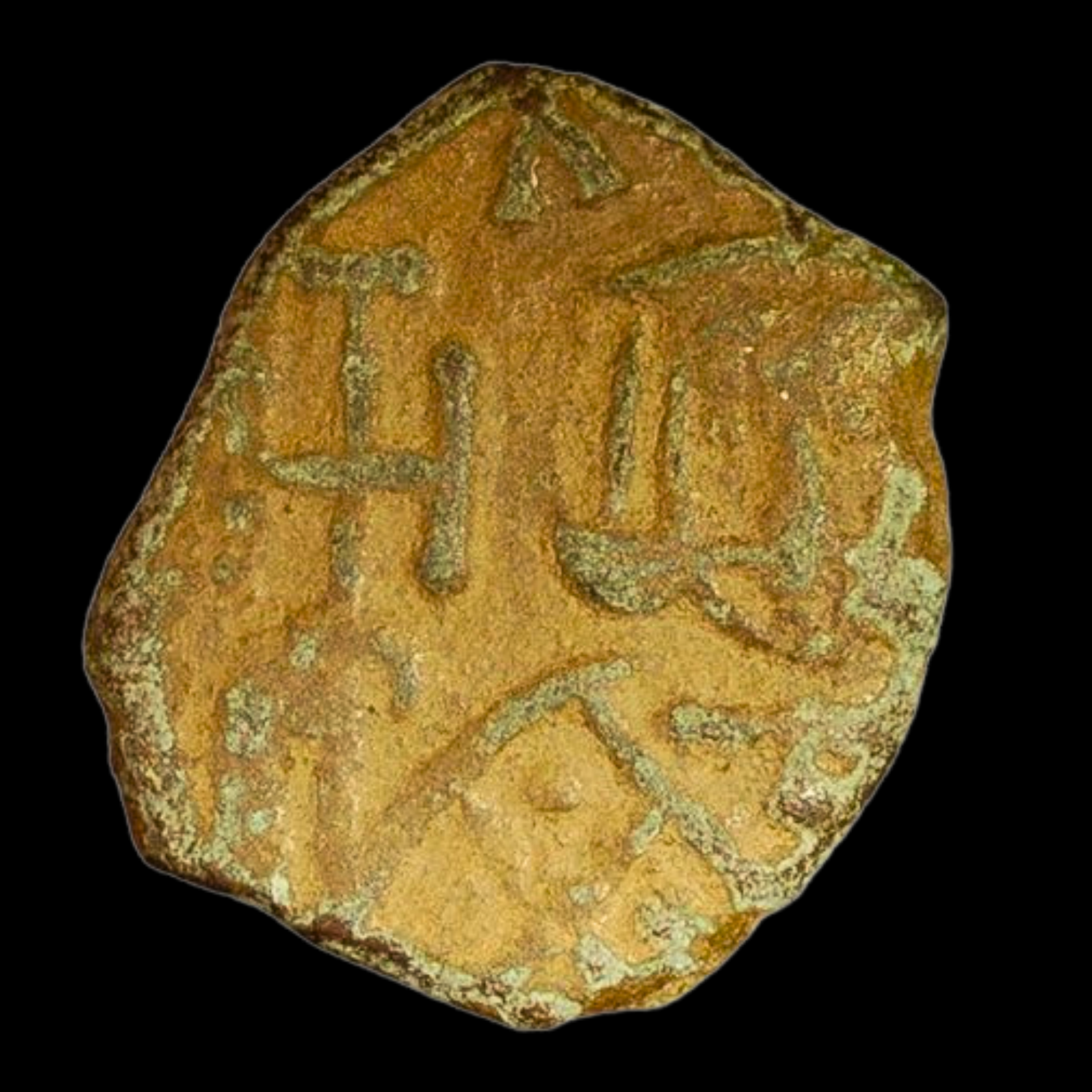 Image 1 of 2
Image 1 of 2

 Image 2 of 2
Image 2 of 2



Byzantine Follis of Constantine VII Porphyrogenitus (1066 years ago)
This bronze follis was issued during the reign of Constantine VII Porphyrogenitus, a Byzantine emperor who ruled from 913-959 AD. Minted in Constantinople (modern Istanbul, Turkey), this coin represents the monetary system of the middle Byzantine period when the Empire was experiencing a cultural renaissance. The large bronze denomination would have been used for everyday transactions by common citizens throughout the Byzantine realm.
Coin Description:
Front side: Portrait of Emperor Constantine VII wearing imperial regalia including the crown and royal garments, surrounded by a Greek inscription identifying him as the legitimate emperor.
Back side: Likely features religious Christian imagery common to Byzantine coinage of this period, possibly including a cross, Christ figure, or inscription invoking divine protection for the Empire.
Technical Details:
Bronze (AE) composition
Follis (a common bronze denomination used for everyday transactions)
Size: 27.4mm diameter, weight: 9.44g
Minted in Constantinople, capital of the Byzantine Empire
Struck between 913-959 AD during Constantine's reign
Historical Significance:
Constantine VII, known as "Porphyrogenitus" (meaning "born in the purple"), was a scholarly emperor famous for his contributions to Byzantine literature and art rather than military conquests. His reign marked a period of cultural flourishing known as the Macedonian Renaissance, during which ancient Greek texts were preserved and scholarly works commissioned. Born to Emperor Leo VI in the special purple chamber of the imperial palace (hence his epithet), Constantine faced numerous political challenges, including a regency period and co-emperors, before ruling independently. This coin circulated during a time when Byzantium maintained its position as the wealthiest state in Europe, with Constantinople serving as a major trading hub connecting East and West.
This bronze follis was issued during the reign of Constantine VII Porphyrogenitus, a Byzantine emperor who ruled from 913-959 AD. Minted in Constantinople (modern Istanbul, Turkey), this coin represents the monetary system of the middle Byzantine period when the Empire was experiencing a cultural renaissance. The large bronze denomination would have been used for everyday transactions by common citizens throughout the Byzantine realm.
Coin Description:
Front side: Portrait of Emperor Constantine VII wearing imperial regalia including the crown and royal garments, surrounded by a Greek inscription identifying him as the legitimate emperor.
Back side: Likely features religious Christian imagery common to Byzantine coinage of this period, possibly including a cross, Christ figure, or inscription invoking divine protection for the Empire.
Technical Details:
Bronze (AE) composition
Follis (a common bronze denomination used for everyday transactions)
Size: 27.4mm diameter, weight: 9.44g
Minted in Constantinople, capital of the Byzantine Empire
Struck between 913-959 AD during Constantine's reign
Historical Significance:
Constantine VII, known as "Porphyrogenitus" (meaning "born in the purple"), was a scholarly emperor famous for his contributions to Byzantine literature and art rather than military conquests. His reign marked a period of cultural flourishing known as the Macedonian Renaissance, during which ancient Greek texts were preserved and scholarly works commissioned. Born to Emperor Leo VI in the special purple chamber of the imperial palace (hence his epithet), Constantine faced numerous political challenges, including a regency period and co-emperors, before ruling independently. This coin circulated during a time when Byzantium maintained its position as the wealthiest state in Europe, with Constantinople serving as a major trading hub connecting East and West.










